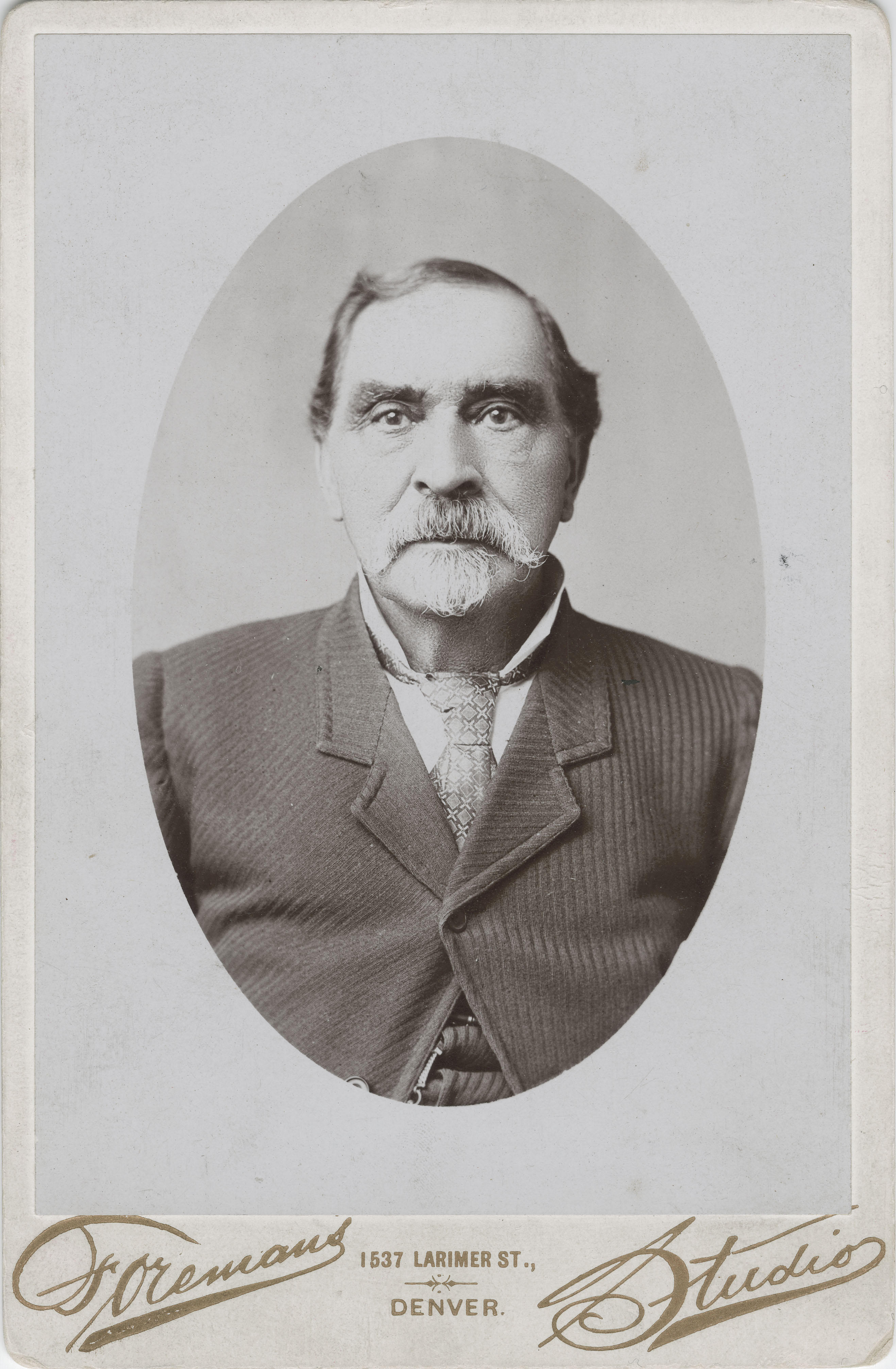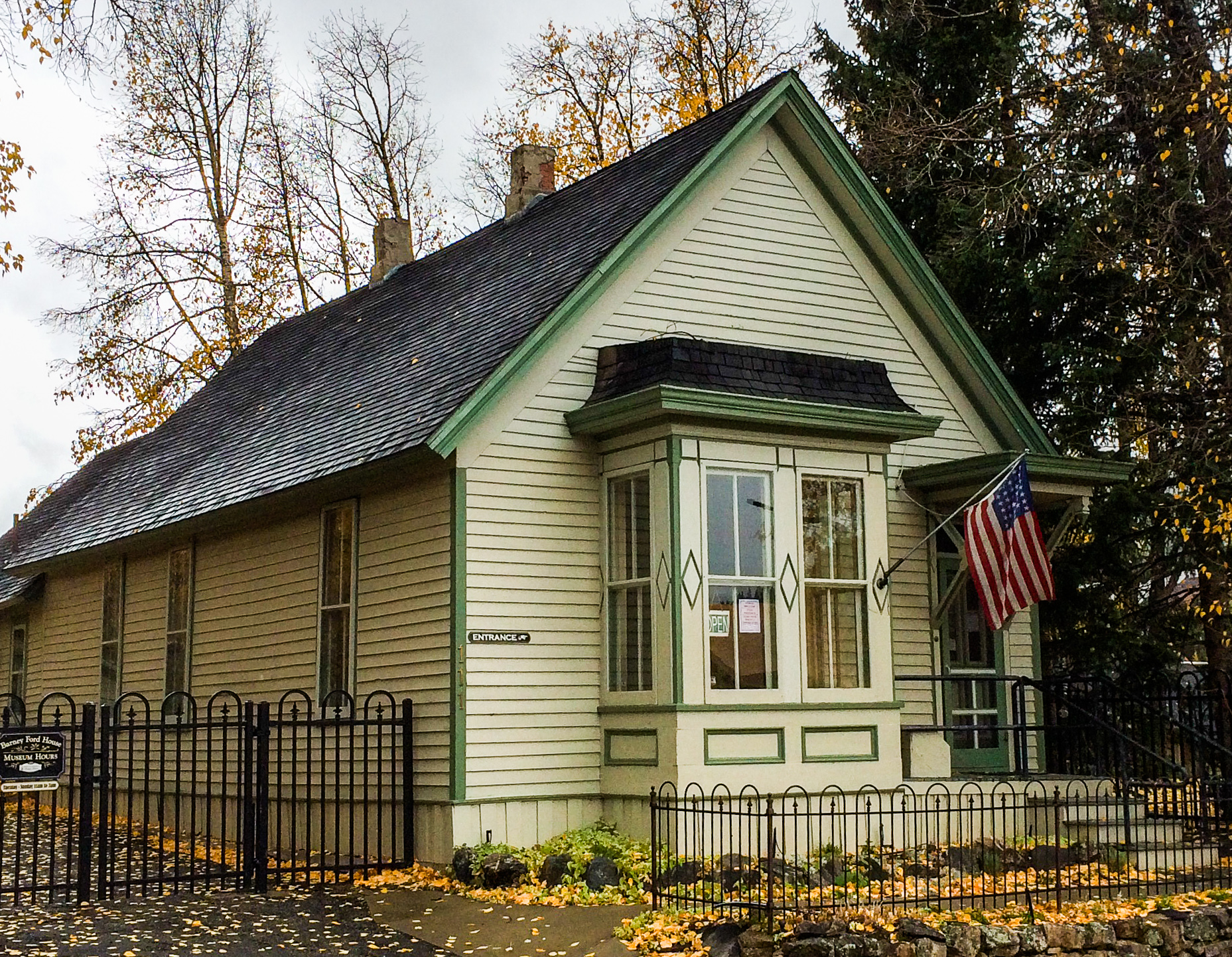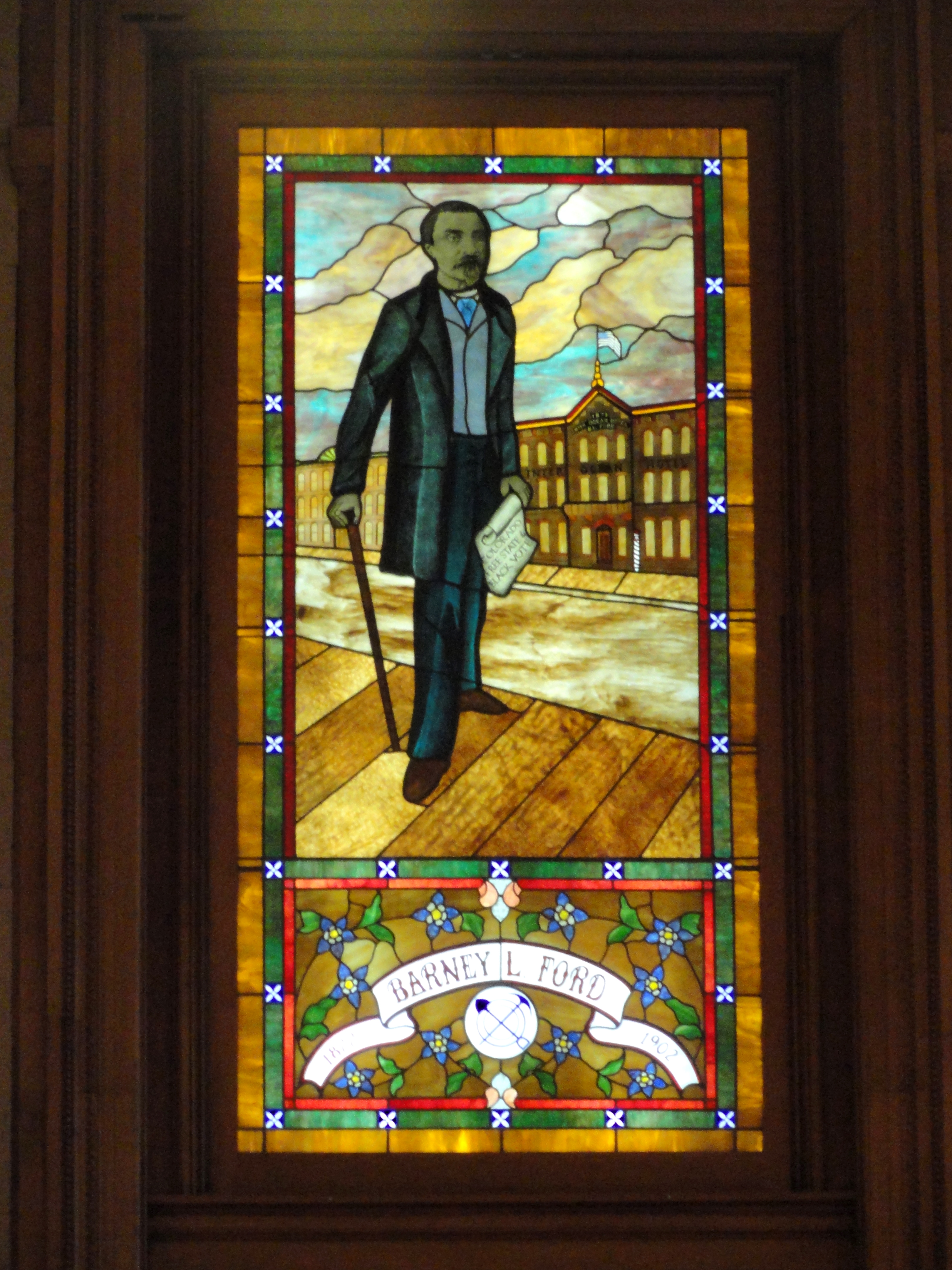Story
Barney Ford: African American Pioneer
In honor of African American History Month, we are excited to share some original photographs of Colorado’s influential black pioneers. Culling from the museum’s extensive photography collection, each week we’ll post a photograph on social media, accompanied by a blog post about that pioneer’s life and achievements.
We’ll highlight four African American pioneers who, like so many settlers who made the journey westward, overcame significant obstacles in creating a life in Colorado. Hailing from different eras and a range of professions, each left indelible impressions on history and their environs. Despite their differences, they share a core set of characteristics: fearless vision, unbreakable resolve, and a tenacious determination to achieve one’s goals. As a result, their contributions have shaped the course of Colorado history.
Throughout his life, Barney Lancelot Ford demonstrated considerable resilience while enduring cycles of professional booms and busts—great successes undercut by fire, war, and racism. Despite these challenges he forged on, making a name for himself as a businessman and a civil-rights pioneer in Colorado.
Born into slavery on January 22, 1822, to a Virginia woman and a white plantation owner, Ford grew up in South Carolina, taught himself to read and write, and escaped slavery in his late teens, making his way to Chicago via the Underground Railroad.
In Chicago, Ford met and fell in love with Julia Lyon. She helped him choose his middle and last names. Now a free man, he decided on Lancelot Ford—the name of a steam engine he’d seen. The two married in 1849. Ford worked as a barber and actively supported the Chicago abolitionist and Underground Railroad efforts. During that time, he met and worked with Henry O. Wagoner, a correspondent for the Frederick Douglass’ Paper based in Rochester, New York. Wagoner became a close friend of Ford’s. Their strong friendship and a shared belief in the importance of political involvement formed the bedrock of their contributions to the African American community in Colorado several years later.
In 1851, Barney and Julia ventured to California with the intent of prospecting for gold. They boarded a ship in New York City and sailed around the tip of the continent; traveling across land would be too great of a risk for an escaped slave and his wife. They never made it to California; instead, they settled in a town in Nicaragua, where Ford opened the United States Hotel and Restaurant. He did very well, but his business was destroyed in the ensuing civil war. Additional businesses he acquired in nearby towns were also destroyed by fire or storms over the next few years. Yet Ford persisted.
In 1860, Ford left for Colorado to prospect for gold and was one of first people to arrive in the gold-rich deposits above Breckenridge. He and his party discovered a claim that was rightfully theirs. At the time, Colorado law prohibited black men from owning homesteads or mining claims. In the middle of the night they were viciously chased away by law enforcement, who destroyed their supplies and threatened their lives. That didn’t deter him. Ford and his family moved to Denver and established the elegant Inter-Ocean Hotel and opened up Ford’s Chop House in the mining town of Breckenridge. He was very successful over the years, and eventually built a five-room cottage in Breckenridge—today’s Barney Ford Museum.
In Denver, Ford was part of a politically influential contingent of black pioneers who fought against Colorado’s bid for statehood in 1864, because the amendment to the constitution excluded black men from voting. The bill was vetoed for other reasons, but in 1867 Congress passed legislation prohibiting restrictions in male suffrage in all of the territories. In the 1870s Ford and Wagoner, now two of the richest black men in Colorado, fought for equal education for their children and started evening classes to teach members of the community about principles of democratic government. Shortly thereafter, they opened up a school for African American children.
Barney Ford’s perseverance and contributions in the face of adversity are a testament to his vision and desire to make a better life for himself, his family, and the black community. He was inducted into the Colorado Business Hall of Fame and the Colorado Black Hall of Fame and is honored with a stained-glass window, located on the west wall of the CO State House Chambers, directly behind the desk of the Speaker of the House.”



